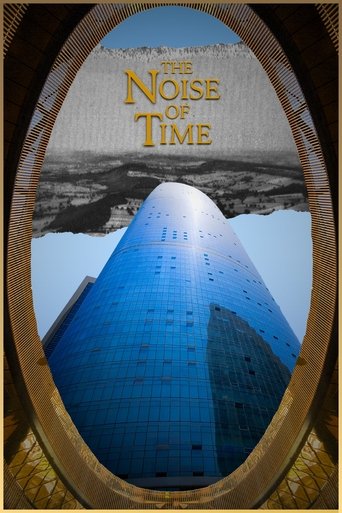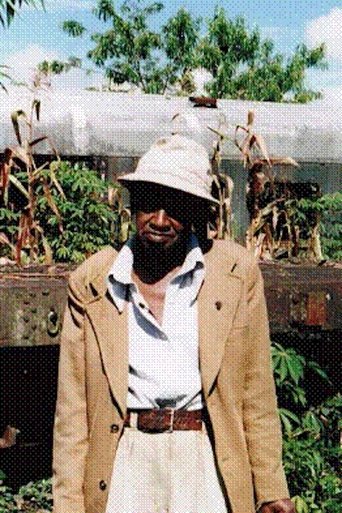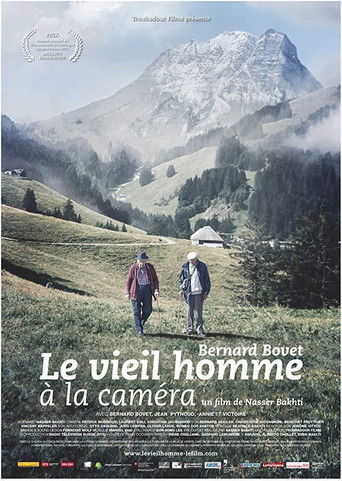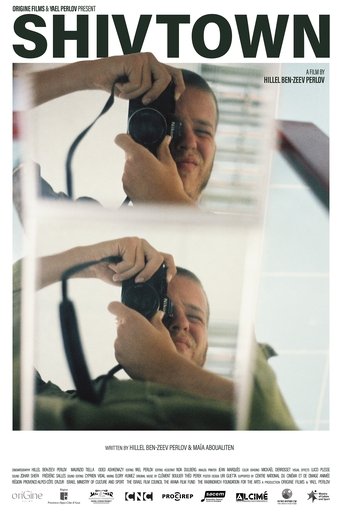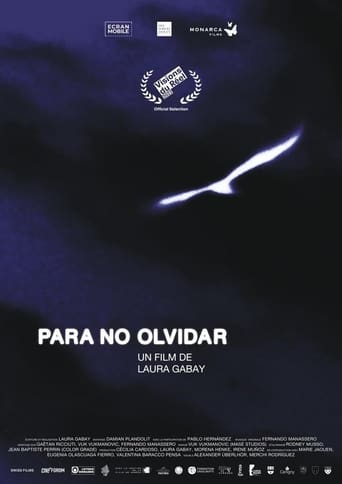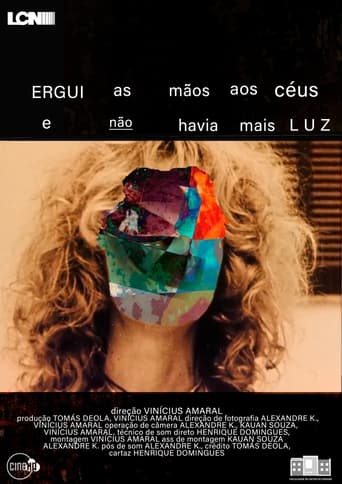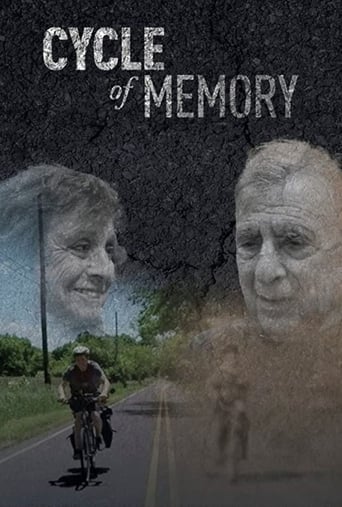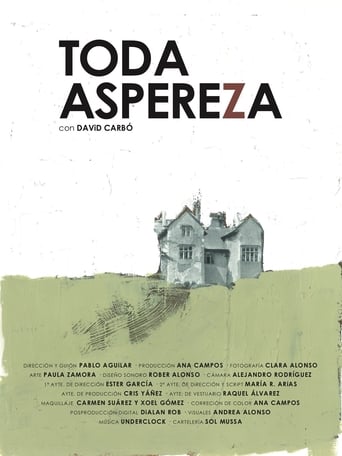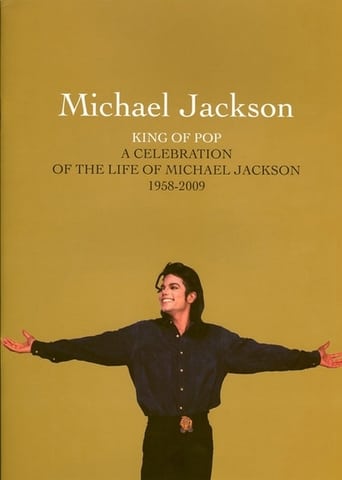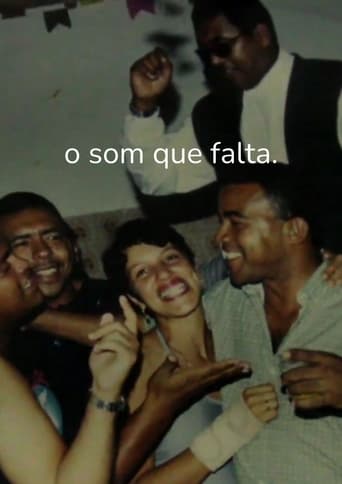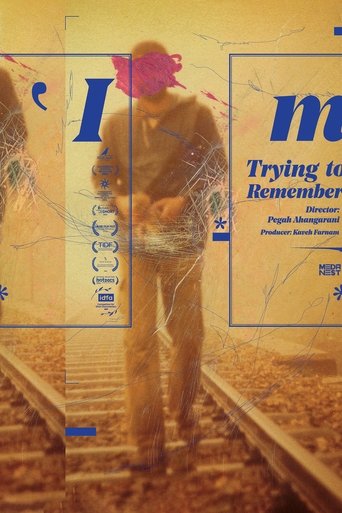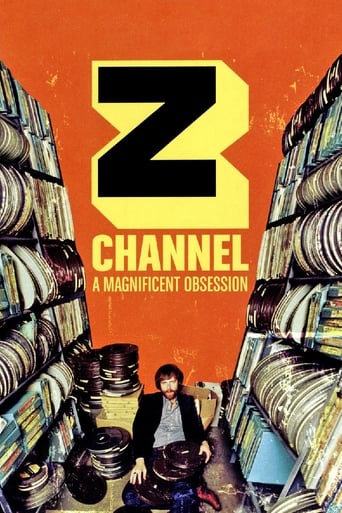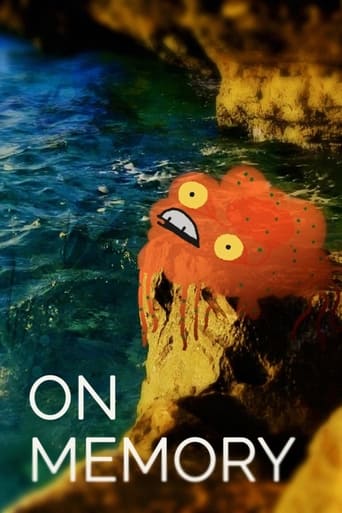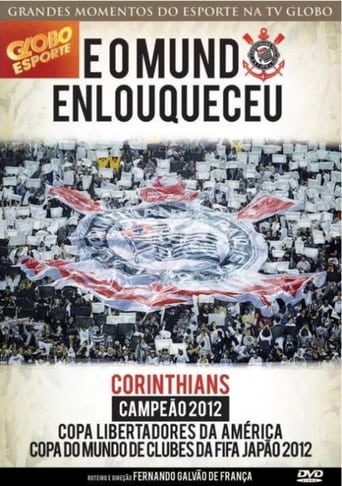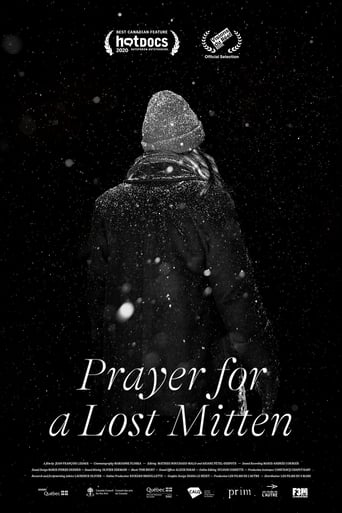
25 Apr 2020

Prayer for a Lost Mitten
The night is falling and Montreal is under the snow. People line up at the lost and found office of the city’s transit company. They all have lost something, which, upon reflection, becomes the symbol of a deeper loss. Prayer for a Lost Mitten is a creative documentary by turns melancholic and festive, yet ever compassionate. A film that helps us get through the winter.
